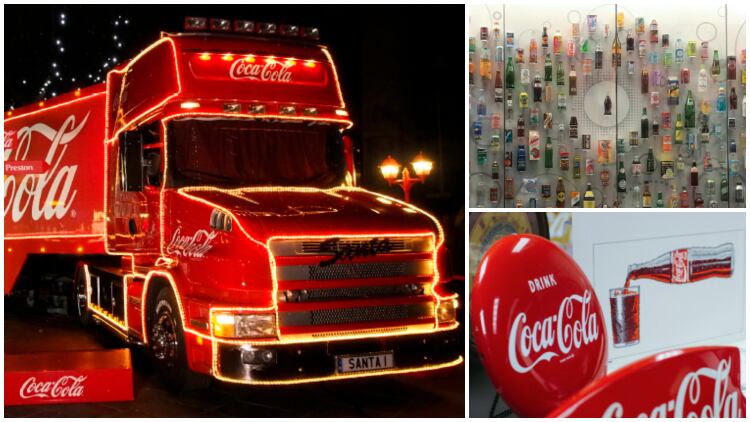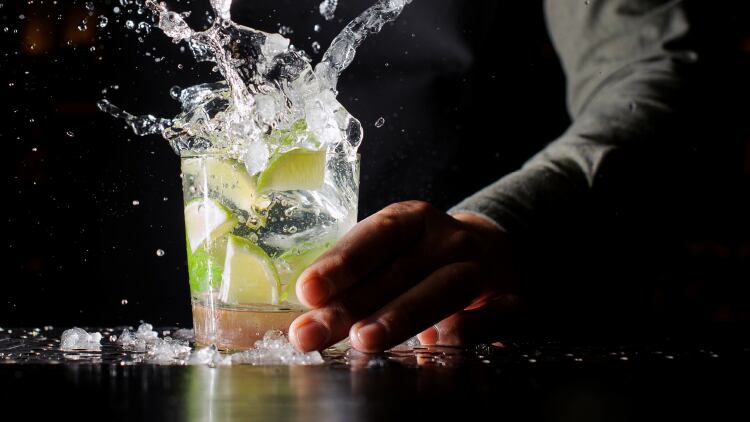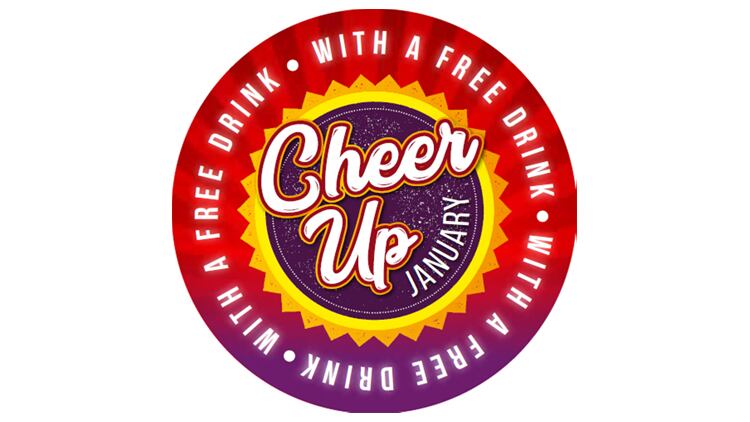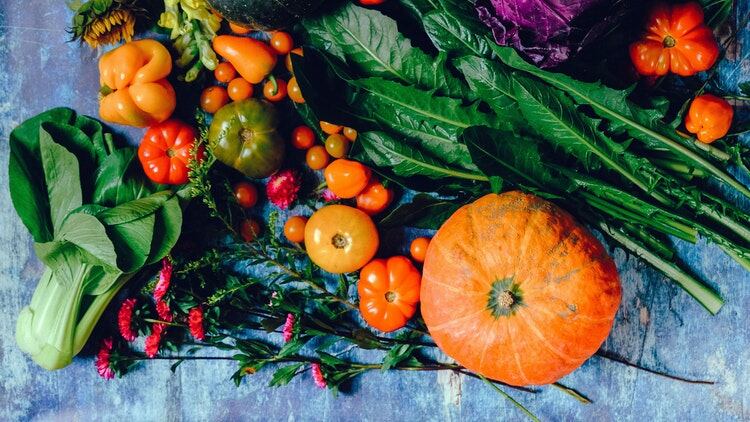Coca-Cola-owned brands and flavours from around the world
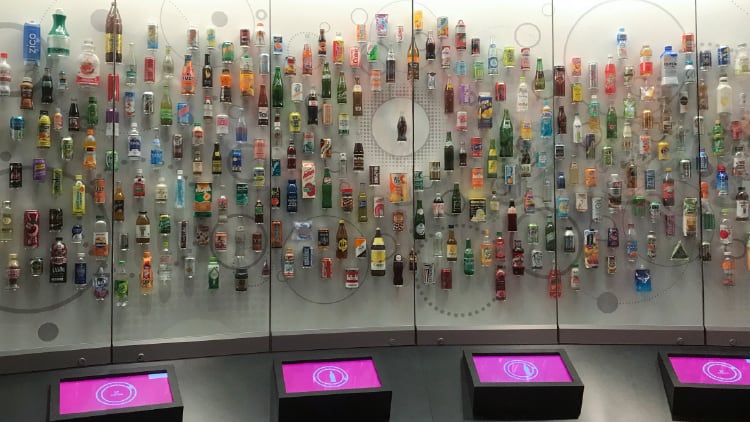
Asia
VegitaBeta
Fanta Melon Frosty
Frestea with Honey
Minute Maid Joy Apple and Lychee
Thums Up
Smart Watermelon
Sprite Ice
Fanta Apple Kiwi
Africa
Bibo Candy Pine-Nut
Bibo DJ Kiwi Mango
Sunfill Blackcurrant
Sunfill Menthe
Sparletta
Bonbon Anglais
Stoney Ginger Beer
Fanta Exotic
North America
Barrilitos Pear Cucumber
Minute Maid Fruit Punch
Minute Maid Light Pomegranate Lemonade
XXX Açai-Blueberry-Pomegranate Vitamin
Water
Barq’s Root Beer
Barq’s Creme Soda
Tab – the first diet cola
Fanta Blue Raspberry
Fanta Grape
Fanta Wild Cherry
Powerade Mountain Berry Blast
Hi-C Poppin’ Lemonade
Blue Skies Mango Orange & Banana
Blue Skies Tropical Juice
Sprite Zero
Mello Yello
Latin America
Fuze Tea Peach
Delaware Punch
Country Club Merengue
Kuat Guarana
Seagram’s Ginger Ale
Fanta Kolita
Inca Kola
Manzana Lift
There is a clear thought-shift inside the walls of Coca- Cola’s global headquarters in Georgia’s state capital Atlanta. Although the red and white markings of Coca-Cola are well known the world over, the company wants to push its history and credentials from the top down through its prominent headline colour.
The bright red of Classic Coca-Cola – or full sugar/full fat as many call it – will be the colour every sub Coca-Cola brand (other than Diet Coke) hangs off as the global business aims to strengthen its profile. Although a need to bolster its name does not come from poor sales because values have increased by 5% and volumes are up by 2.4%, both driven by Zero Sugar, says senior global director and brand lead for trademark Arnab Roy.
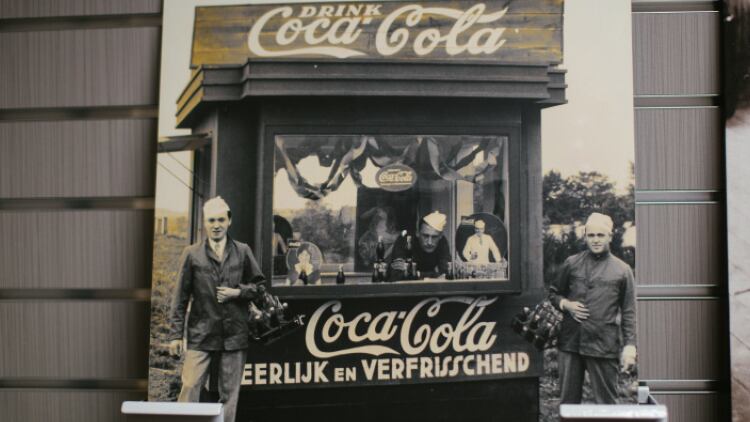
“Focusing on occasions and building relationships will be key to growing Coca-Cola’s future,” he explains.
“Innovation will be very important; every brand in the market is innovating and we understand that. Classic [Coke] will always be our biggest, but we feel innovation has to happen in Coca-Cola.”
In the past, it was tough to innovate with the brand, with many rules and regulations around what could and could not be done with products under the brand name, Roy says. “Now there’s a lot of flexibility with what we can and can’t do and we are looking at different things.”
Plus Coffee Zero Sugar
One of the products that could come to the UK, which is currently being trialled in nine other countries, is Coca-Cola Plus Coffee Zero Sugar. According to Roy, the business would like to see it in 50 markets by next year, after its development by Coke’s laboratory team.
The new variant was created to tap into markets with high levels of coffee consumption, but where the appetite for sparkling soft drinks is not as strong. It also follows Coke’s desire to become a total beverage solutions company, being able to provide drinks from iced tea to plant-based functional drinks.
Coca-Cola Plus Coffee is not a flavoured cola drink, but one with added coffee and caffeine, targeted at the Vietnam market where coffee is the most popular non-alcoholic drink. Roy says it is the sort of drink that can provide a boost in mid-afternoon or can be consumed in place of a hot coffee on a warm day.
Both Vietnam and Pakistan are markets the business is interested in, and where the new launch is being trialled, because both have significant soft drinks growth potential, Roy explains.
“We launched [Plus Coffee] in eight to nine markets last year and the response has been phenomenal and, by next year, we hope to be in 50 countries,” he continues. “It has launched in Spain and we’re in talks with the UK team. “Historically, our learnings say that [various Coke] flavours are kind of ‘in and out’ and don’t help the brand to grow in a sustainable way.
“What we’re doing right now with [Plus Coffee] is creating a new concept,” he adds. “With Plus Coffee there was a chance of just adding flavour to [Coke Classic] or bringing out a new drink with new credentials – so we chose to do the latter.”
A brief history of Coca-Cola
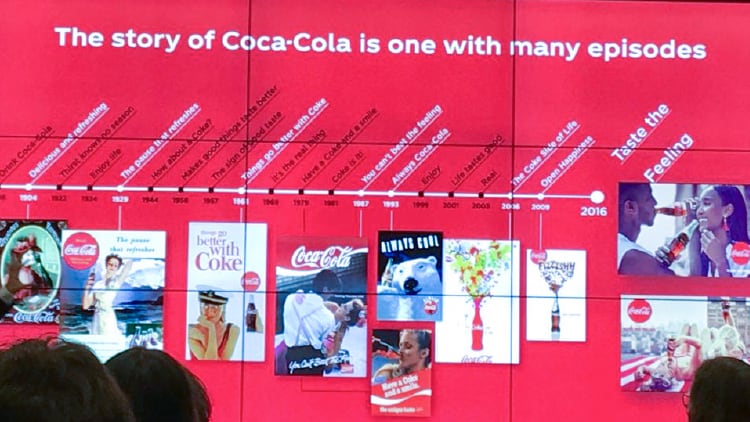
1886: Founded
1890: Syrup sold from red barrels
1900: Syrup urns used
1920: Coca-Cola Red becomes official
1930: Santa becomes red
1960: The first can
1980: New Coke launches
Owner of 500-plus brands
As a business, Coca-Cola owns more than 500 brands, but just 20 of those generate $1bn of sales a year.
Some of those top-selling brands include Coca-Cola Classic, Zero Sugar and Diet Coke, but there are a lot more Coke brands out there many will be unfamiliar with, as well as potential new UK launches like Plus Coffee.
These include functional products developed for Asian markets including Sprite with Fibre or Coca-Cola Zero Sugar Cinnamon for the US market.
With added fibre
Drinks with added fibre have been developed specifically for markets such as Japan where, when western food is consumed, diners feel the need for a healthier or functional soft drink because they find the cuisine heavier.
Many of the flavoured variants familiar in the UK will have differing taste profiles in other countries, however, the Coca-Cola Classic recipe is the same in every territory, say the business’s research team.
“Some of the more obscure drinks will be ones we have created with Japan, particularly Coca-Cola Clear with Lemon, which was strange,” says research and development scientist Michael Burdett.
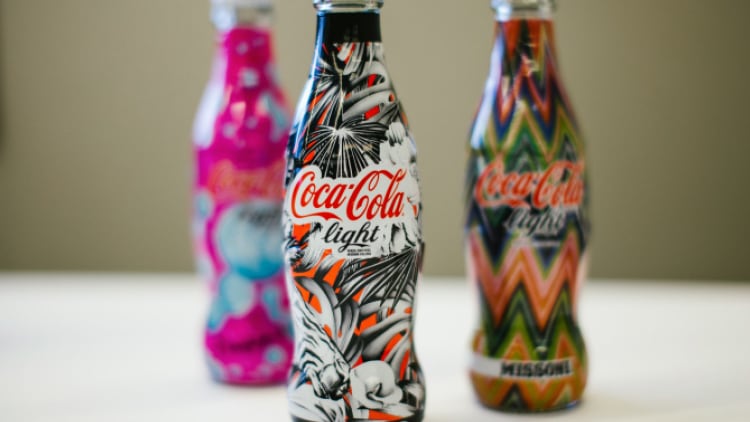
“It doesn’t taste exactly like Coca- Cola because when we started removing things, that changed [the flavour profile].
But it wasn’t meant to taste exactly like Coca-Cola anyway, as it was a special production.”
Burdett and his colleague senior scientist Aaron Woody both work in Coca- Cola’s highly secretive KO Lab, where, until this year, no journalist had stepped.
Developing new drinks
More flavours and products have been created and launched in the past two years than in Coke’s history. When Diet Coke was introduced in 1983, for instance, it was the first new Coca-Cola product to bear the brand’s trademark since 1886.
“Developing new drinks tailored to local tastes is a central part of what we do,” says a spokesperson. “We are innovating and introducing delicious new products in a wide range of categories, from ready-to-drink teas and coffees, to plant-based drinks.”
Vast company archives
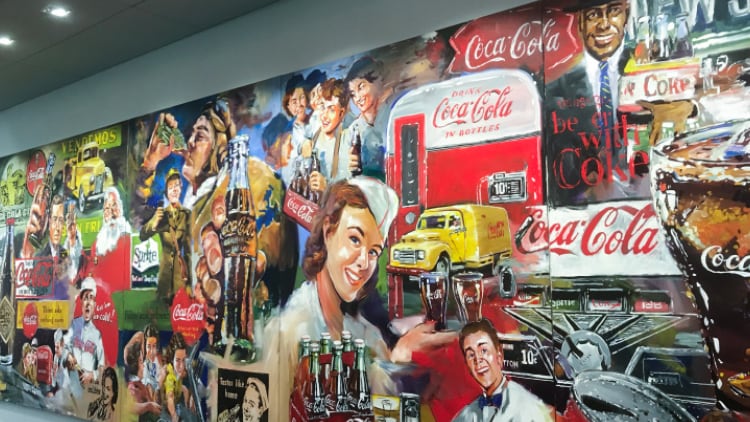
Another part of the company that hasn’t been accessed by journalists is Coca-Cola’s vast archives, which hold memorabilia about the entire history of the company.
Many of the artefacts in the archives are also being used to inspire new creations – both knowingly and unknowingly.
There are crude and primitive forms of Coke’s Freestyle drinks machines, for example, as well as examples of its early advertising strategies and other marketing materials. Coca-Cola as a brand has also inspired a great many artists, including pop artist Andy Warhol, fashion designers and influencers from throughout history.
Significantly, the brand’s archives also document social history. As well as music and fashion, more difficult topics such as racism are represented.
Some of Coca-Cola’s marketing is the first to show diversity in one image. Its now iconic ‘I’d like to buy the world a Coke’ television advert was the first of its kind, highlighting the simplicity of the brand and that it can be bought and consumed by almost anyone from any background.
For some, a simple can of Coke is something to quench thirst, mix with alcohol or give an energy boost. However, the Coca- Cola company views it as something bigger; a social brand and something that has witnessed and documented significant historical moments.

